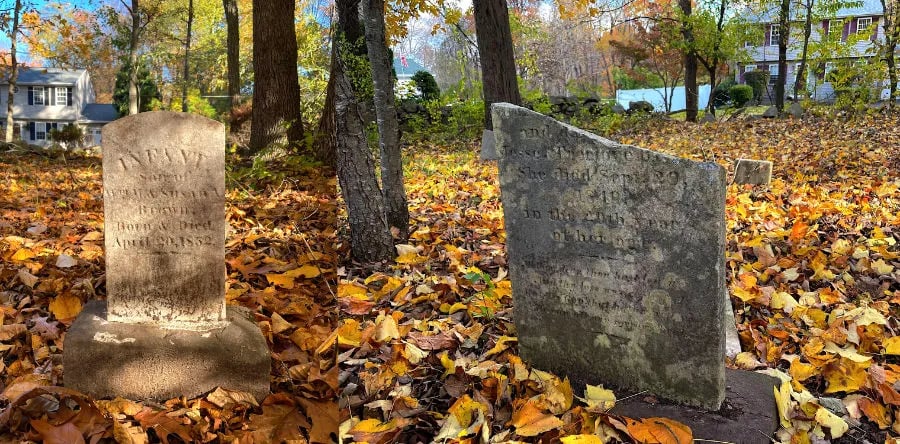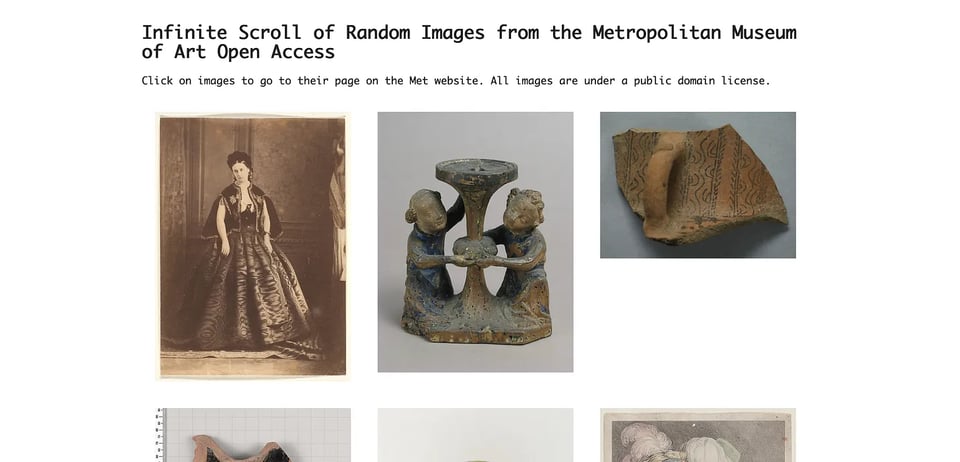Old graves in Rhode Island
👋 If you’re new here, I’m Eve Harms, fiction writer of horror, bizarro, and exploitation tales. Mostly recently I co-wrote CHASERS, a horrific and powerful splatterpunk thriller about a trans woman discovering a peephole in her new apartment. It’s available wherever books are sold.
I also make zines, apps, and other precious and useful things. This newsletter is where I share my thoughts on art, creativity, and my many other esoteric interests.
I recently visited my family in Rhode Island and was struck by a feature of my parents neighborhood: tiny historical graveyards hidden between the houses. The Rhode Island Historical Society counts 3,200 of them, including 154 that are known but still undiscovered. Only 500 of these cemeteries are well maintained, and the rest are hidden in forests and between homes with no church or organization dedicated to care for them. Some of the graves are extremely old, dating as far back as 1647.

I found something comforting during my visit about being surrounded by the graves and fallen leaves. Death is not hidden away. The passage of time is palpable and natural. The historical buildings, scattered graves, and the cycle of life expressed in the seasons of Rhode Island are a big contrast to my home of Los Angeles. Here, the buildings are rarely older than a century, the palm trees never change, and the dead are hidden away in cemeteries with names like Hollywood Forever and Forest Lawn’s Lullaby Land. In comparison, Los Angeles feels purgatorial.
Change is hard for me, which may be one of the reasons I’m so drawn to the Greater Los Angeles Area. I feel as though I’m constantly grasping for something in my environment to ground me, and when I can’t find it it’s like I’m an astronaut untethered in a cold and confusing void.
So, as I settle back into my purgatorial home I’m finding my handholds. I’ve been rebuilding a morning and evening routine, resuming writing projects, and my spouse and I have been regularly visiting our favorite mountainside park. We also paid a visit one of our local libraries, and I was reminded how grounding it is to be surrounded by books. Among these books I found my latest non-fiction read: Dark Archives by medical librarian Megan Rosenbloom, a book about the science and history of books bound in human skin.

I haven’t finished it yet, but I highly recommend this book. Rosenbloom takes you with her on her mission is to find and scientifically verify every book that has been claimed to have “anthropodermic” binding and learn about its background. The material is not presented in a salacious or exploitative manner, and Rosenbloom deftly ties together the historical trends that lead to this gruesome practice.
The book began with the author visiting of my favorite local places, The Huntington Library and Gardens, to take her first sample of an antropodermic book. And I was delighted to learn that researchers can request access to books and materials in the Huntington Library’s archives—I had always assumed they were off-limits. Now, I’m determined to gain access for my own research. I’ll keep you updated on that!
If you are reading this, you know that I love researching and hunting through archives. If you enjoy this as well, you might like a free tool I made to browse The Met Museum’s open access collection. It simply shows you an infinite scroll of random images from their collection, and you can click on them to visit the museum’s website to learn more. If you’re an artist, the images are all public domain and available as materials in your work. You can find the tool here.

Thanks for reading, take good care until next time 🖤
My body horror novella | digital zines on itchio | twitter | instagram | cohost | tiktok
Add a comment: